A few weeks ago, the staff of Stuff Dutch People Like were left scratching their heads when asked a seemingly simple question: “What’s the story with that patterned Dutch crockery you see all over the place in the Netherlands? Come on, you know the one!” We did know the one, and so, SDPL contributor Rebekah Lawler set out to investigate the mysteries of Dutch Boerenbont!
Is there anything more Dutch than warming your ‘stroopwafel’ over a cup of tea or coffee on a cold day? Or having a bowl full of ‘snert’ with some bread for lunch? Well, chances are (if you grew up in the Netherlands) that the cup holding your warm drink, or bowl with that soup may have a distinctive floral, multi-coloured pattern on it that looks ‘very Dutch’. This type of tableware is called ‘Boerenbont’ and is famous for gracing Dutch tables for generations.
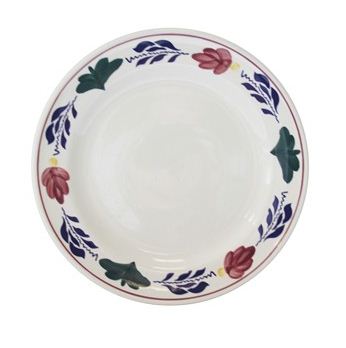 Boerenbont has an instantly recognisable pattern. It comes in a blue, green and red (sometimes yellow) design on white background. The colours are inspired by the traditional farming landscapes of the 19th century – the green grass, dotted with red and yellow flowers, under a blue sky. (Blue skies?? They must have had better weather in the Netherlands back then…)
Boerenbont has an instantly recognisable pattern. It comes in a blue, green and red (sometimes yellow) design on white background. The colours are inspired by the traditional farming landscapes of the 19th century – the green grass, dotted with red and yellow flowers, under a blue sky. (Blue skies?? They must have had better weather in the Netherlands back then…)
It all started over 150 years ago, when clay was discovered on the banks of the river Meuse in Maastricht. At the time a pottery merchant called Petrus Regout, discovered how to make cups and plates using molds. By doing so, he could make ceramic ware faster, and keep a consistency in shape and size that hadn’t been manageable up to then. Petrus established a mass-produced, modestly priced table service that quickly became very popular. The patterns, hand painted by the local farmers’ wives, became immediately recognisable by their simple design of flowers and plants.
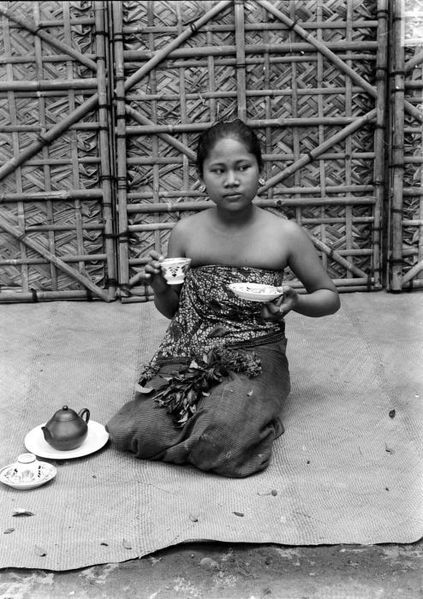 Boerenbont’s popularity was due to the fact that not only was it pretty and sturdy, but also affordable. It was no big disaster if young Dirk dropped his mug at dinner, as the pottery was easily replaceable. On their facebook page Boerenbont even mention that, ‘If you break something, you always know that you can get it again. A nice feeling.’ Generations of Dutch kids have grown up familiar with their morning tea drunk out of a Boerenbont beker, or their hagelslag on bread eaten off the familiar floral plate. This daily usage and familiarity make it inherently part of the collective Dutch memory. Nowadays it also comes with a dishwasher safe stamp – a long way from its traditional beginnings of farmers’ wives craft. I wonder what they’d say at the need for it to be dishwashed at 60 degrees?!
Boerenbont’s popularity was due to the fact that not only was it pretty and sturdy, but also affordable. It was no big disaster if young Dirk dropped his mug at dinner, as the pottery was easily replaceable. On their facebook page Boerenbont even mention that, ‘If you break something, you always know that you can get it again. A nice feeling.’ Generations of Dutch kids have grown up familiar with their morning tea drunk out of a Boerenbont beker, or their hagelslag on bread eaten off the familiar floral plate. This daily usage and familiarity make it inherently part of the collective Dutch memory. Nowadays it also comes with a dishwasher safe stamp – a long way from its traditional beginnings of farmers’ wives craft. I wonder what they’d say at the need for it to be dishwashed at 60 degrees?!
Interestingly when the Dutch merchants of the nineteenth century travelled, they took their pottery with them and so Boerenbont travelled to far-flung corners of the world … They have followed the path of these sailing salesmen all over the world, from Sumatra to Zanzibar via Goa. There’s a great picture of a woman in Gudang (Indonesia) enjoying her morning cuppa in a Boerenbont. I can see the merchants on their boats heading off on their adventures, a crate of the best Boerenbont stashed in their hold. They’d sail off to distant shores and sit down in the blistering heat of distant lands to enjoy an afternoon familiar cuppa in the shade!
p.s In 2012, Royal Boch revived the familiar favourite! It’s now widely available for purchase (so you no longer need to hunt the flea markets to complete your sets). Check out their new collection below -(oops we just bought ourselves the “melk bekers”)!
[sdpl-ad4]
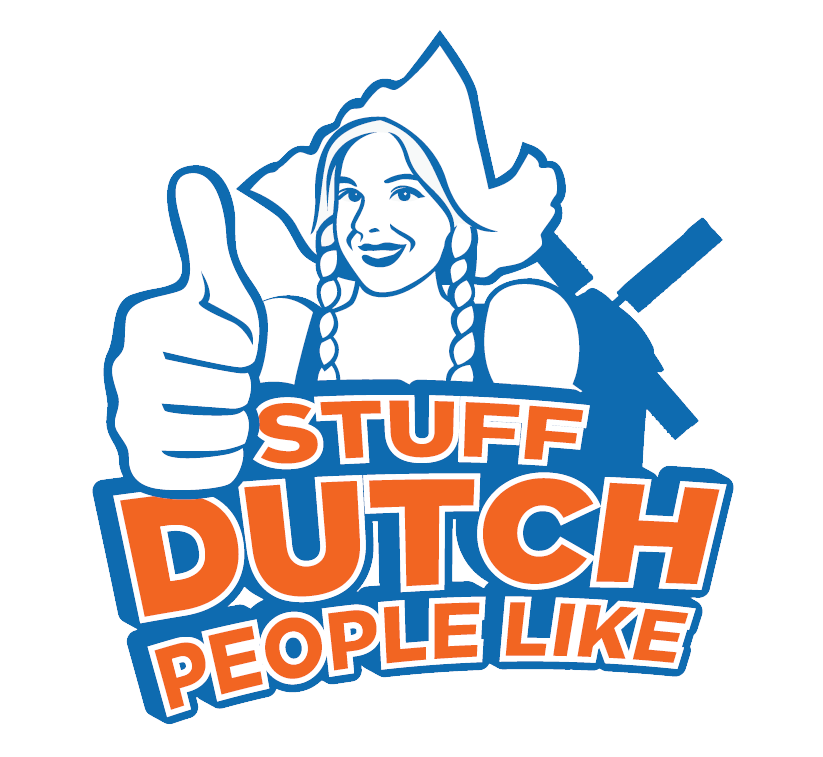
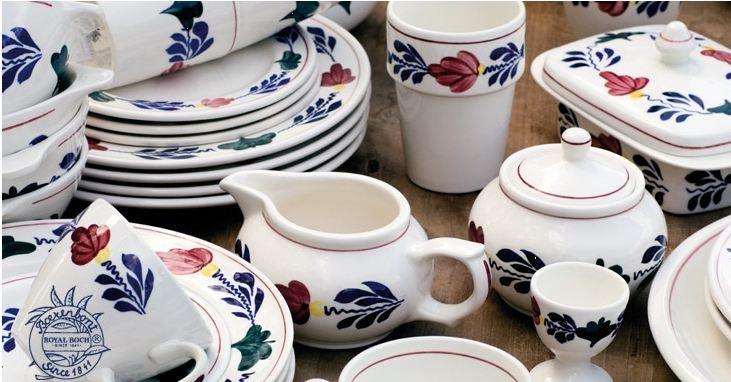
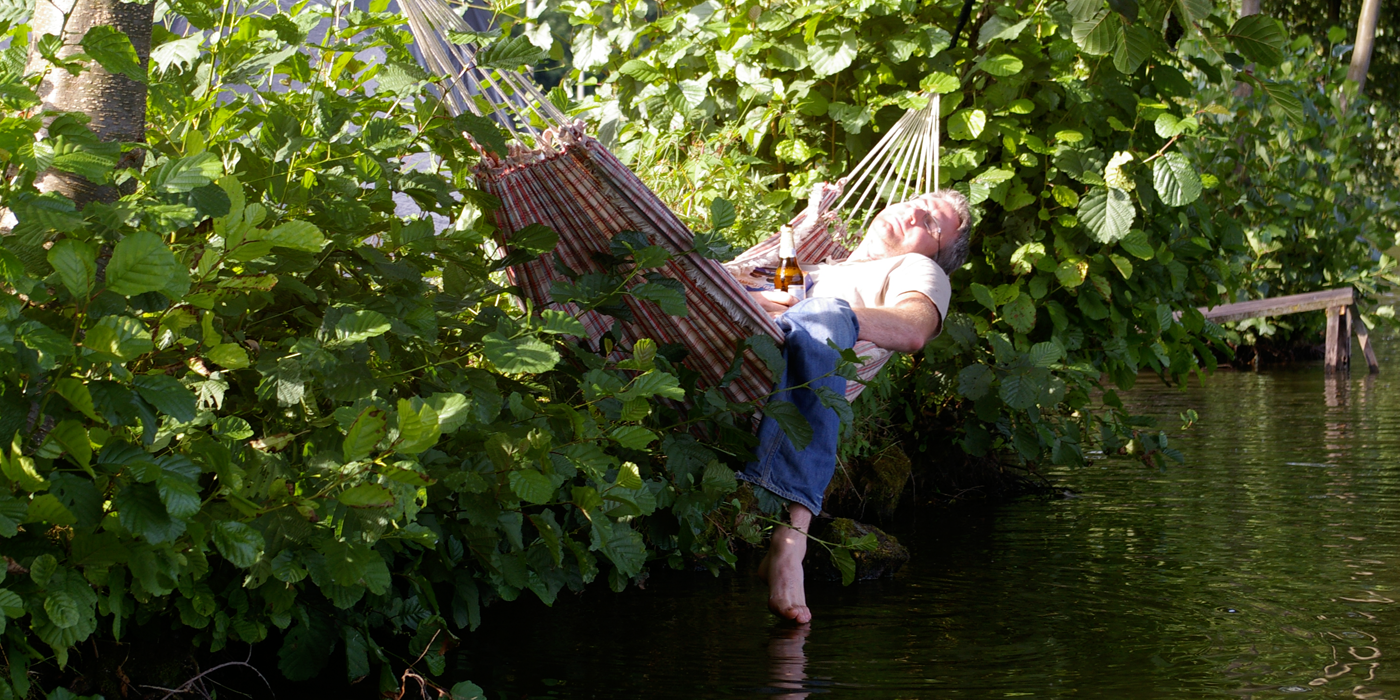
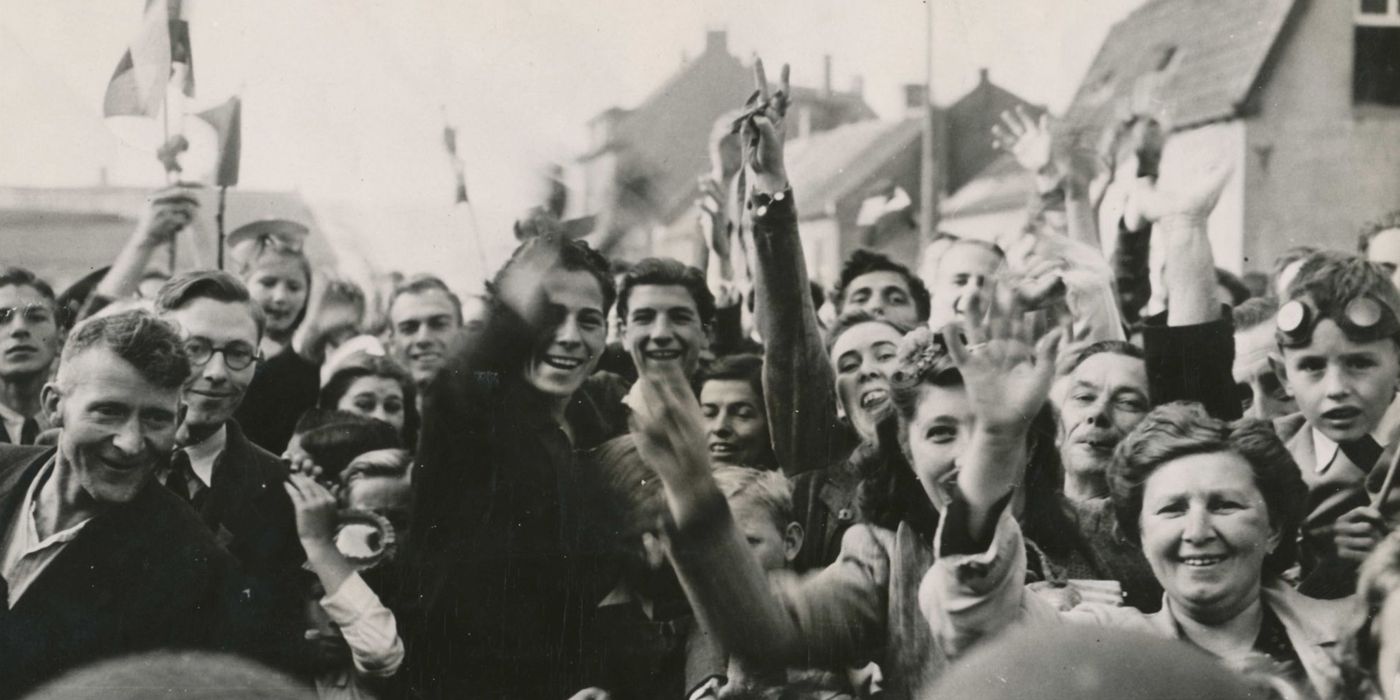

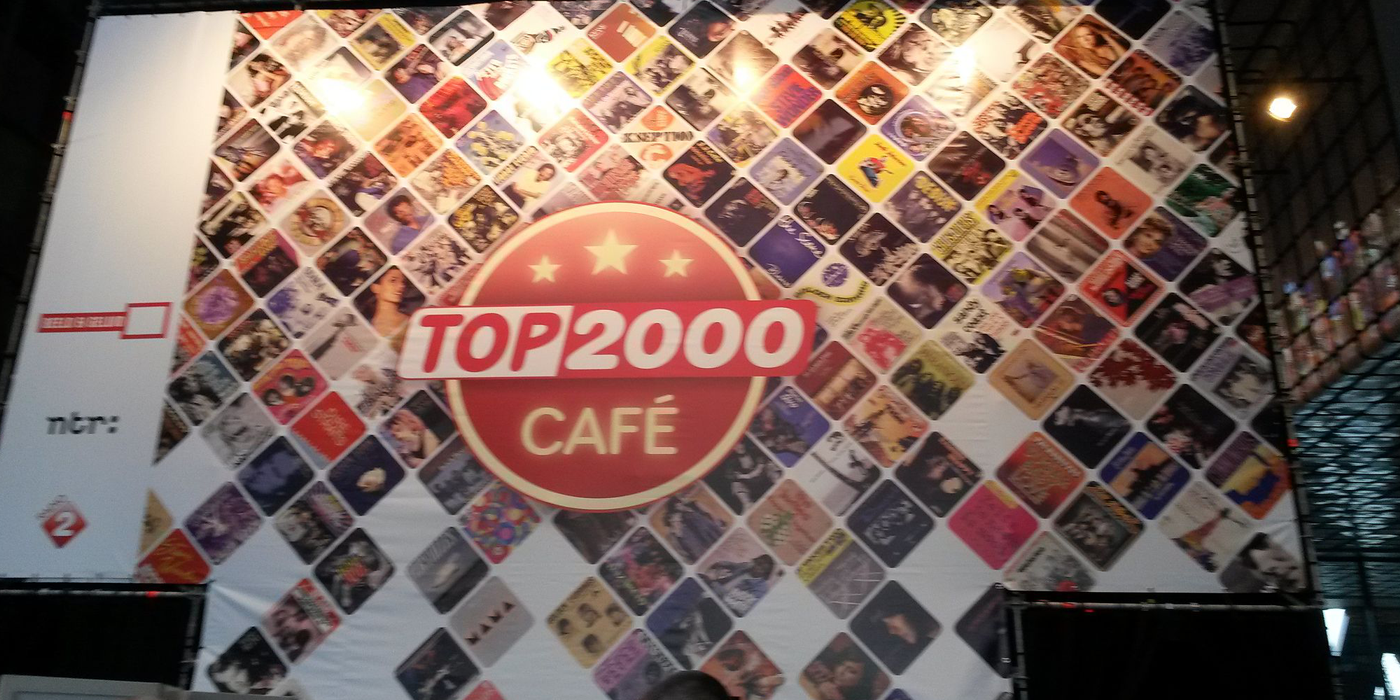
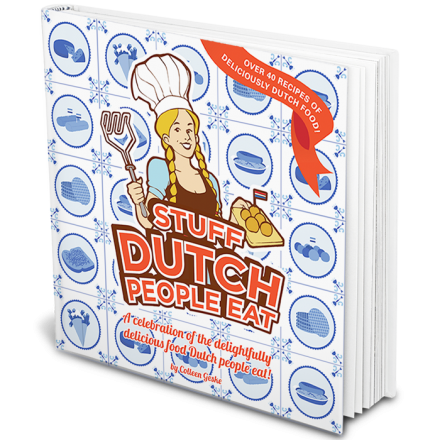
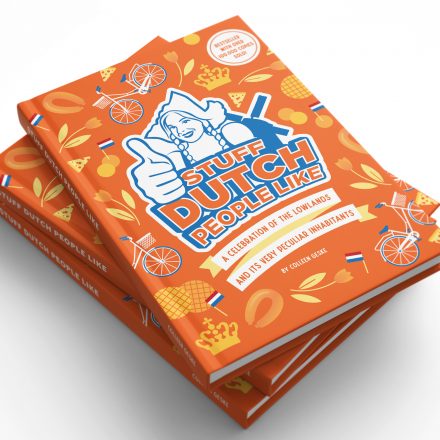
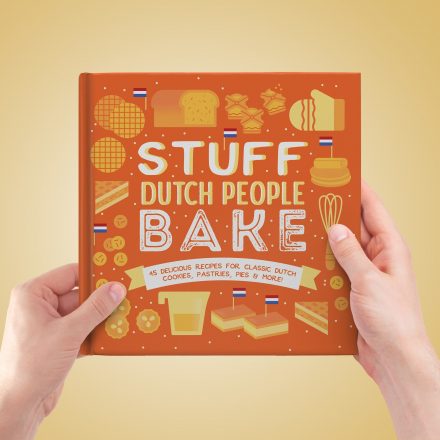
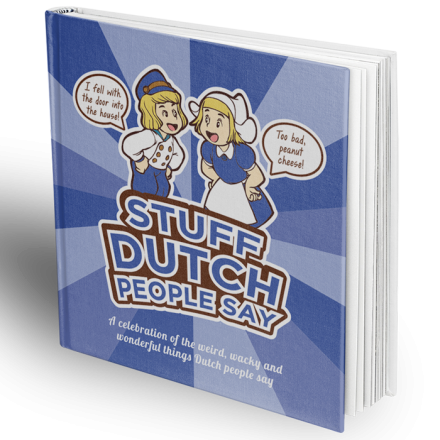
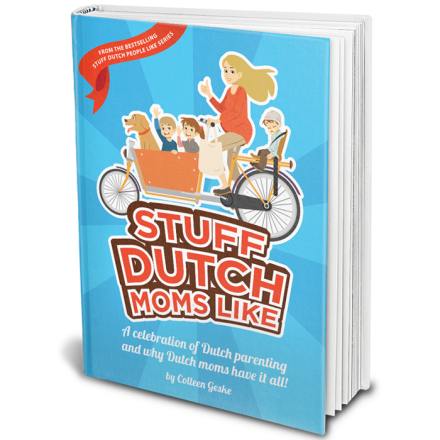
Fun, but where did the name come from? Deconstructing it doesn’t offer much clarity – farmers fur?
Bont means fur, but is also means coloured.
Boeren means farmers, or farm-style, and bont means colourful – so, it’s traditional farm-style colourful tableware. Note to stuffdutchpeoplelike: your headline should say tableWARE, not tableWEAR.
Eek! You are correct! We have edited 🙂 Thanks!
No, but its an obvius translation error.
It’s Farmers – Colours . Or Coloured.
Bont means multi-coloured in dutch. (As well as fur wich i find a little strange personally).
Bont actually has two meanings in Dutch; “fur” as well as “multi-coloured”. And since the wives of farmers were the ones to paint them, that’s how it got called Boerenbont, or “farmers’ multi-colours” 🙂
Boerenbont means multicoloured naïvely
painted
Is this an article, or an advertisement?
It’s actually an answer to a fan’s question on our Facebook group last week! But I agree, we should be getting some $$ from the Royal Boch family, can you arrange that for us? 😉
Love the dishes…every time I go to Holland I try to add another piece to my collection. I didn’t think they made this anymore?? Can I order through your site, and do you have a photo/chart of what is available? Roughly, what would shipping costs be to Canada?
We will look into this for you – and let you know!
I have a huge set of 10 place settings with everything you can imagine for sale!
Original bont ment two-coloured. The zwartbonte and roodbonte cows are black & white and reddisch & white.
Boerenbont is also a textile pattern of 2 colours kind of checked: white and a second colour. Google boerenbont+stof, next Images.
Inevitable the “boerenbontruitje” got a new name: bb-ruitje: Brigitte Bardot was a long time very popular and then she married in a white & pink boerenbontruitje.
I have had boerenbont-mugs, but then have let it be because of the handles, that quickly broke of.
Can it be purchased here?
Love Borerenbont, can it be sent to Australia or is there a supplier here??cheers Tineke
Ah yes, the Dutch version of Old Country Roses